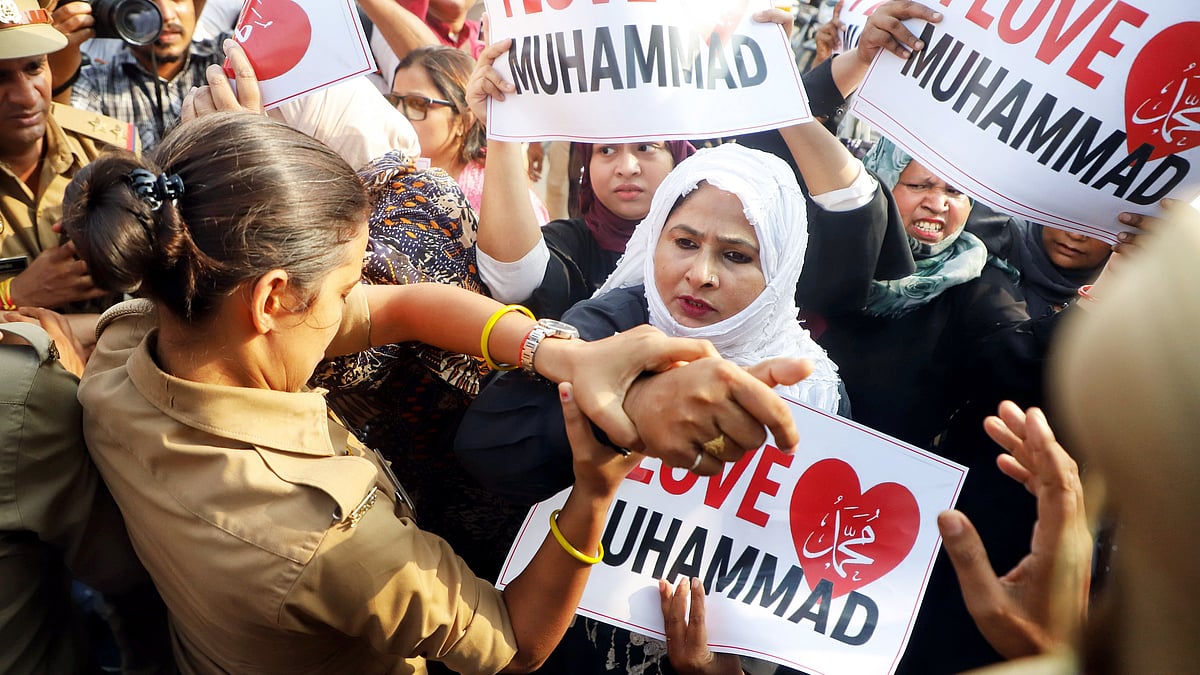One of India’s most respected bankers and former Aam Aadmi Party (AAP) leader Meera H. Sanyal passed away on January 11, 2019 after battling cancer for a brief period. Prior to her death, Sanyal authored a book entitled ‘The Big Reverse: How Demonetization Knocked India Out’. In her book, she has called November 8 (the day demonetisation took place) as a ‘Black Swan’ event in Indian history.
Comprising of six chapters the book starts off with details on Sanyal’s career and growth as an individual in the financial realm. It doesn’t take long to get to the part where she has fearlessly highlighted the sheer failure of a scheme hailed by many. To put it in a summarised manner, the sole purpose of the move was to eliminate black money and counterfeit currency that aids terrorism.
In retrospect, it appears that the RBI was reluctant to release data because Demonetization Dividend that had been so exuberantly promised was turning out to be a mirage. Since the government’s assumptions on both black money and counterfeit currency were clearly not being supported by data, the data itself was not being released. It was evident that the math of demonetization had gone horribly wrong.
The Reserve Bank of India which is deemed to be an autonomous body also failed to deliver at the hands of the government. Meera states that sacking Governor Raghuram Rajan was also a move accelerated in order to put the demonetisation in motion as despite his warning of inadequate preparation the note ban was put into action.
Despite these clear warnings, no mitigating actions were taken in the 10-month planning period to avoid inconvenience to people and to prevent grievous damage to the economy.
Furthermore, Sanyal has also cited countries where demonetisation took place, including the history of demonetisation in India. You can read the complete article on the same here.
She also explained in detail the representation made by media, the impact on farmers, workers and industries and how it did not just destroy income and wealth but also lives.
The architects of demonetization had thoughtlessly sucked the liquidity of a well-functioning economy and left an entire nation, and especially the poorest of poor, gasping for breath.
She asserted that the scheme is not overall a bad one, but a tool for specific circumstances which can be effective if planned meticulously and executed efficiently. Demonetisation is a way to tackle economic problems such as hyperinflation, generating policies and replacing currencies for example during the 1947 partition. Nevertheless, it is certainly not the means to tackle corruption or black money.
Sanyal served as the chief of Royal Bank of Scotland, resigned from her position to join AAP in 2013. She also contested in the 2014 Lok Sabha elections from Mumbai South constituency.





